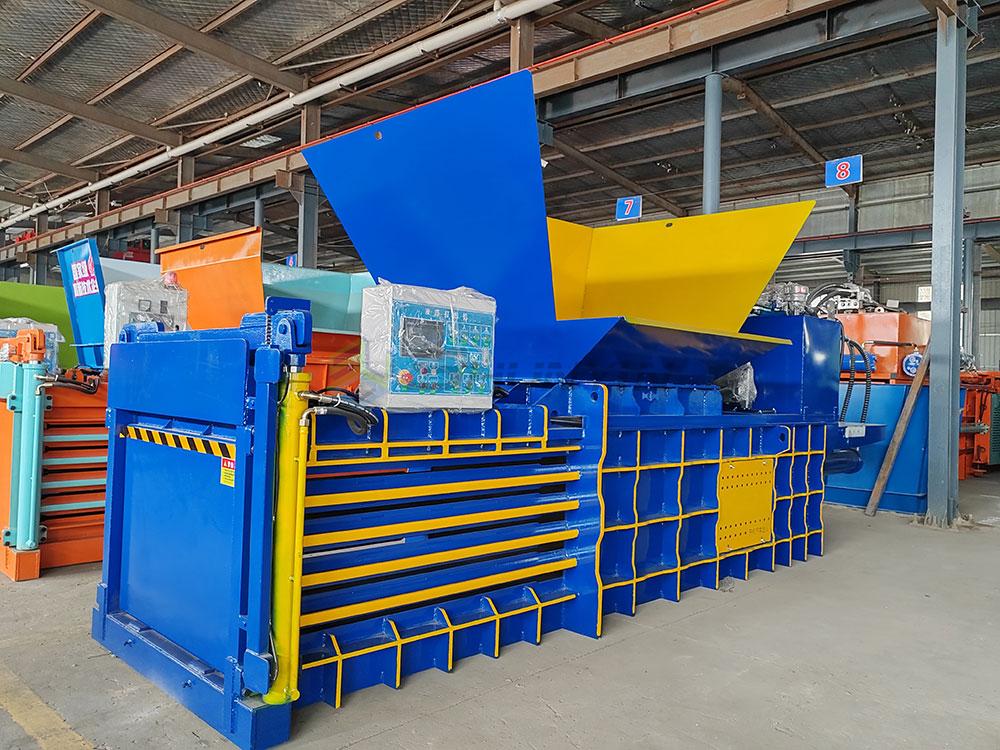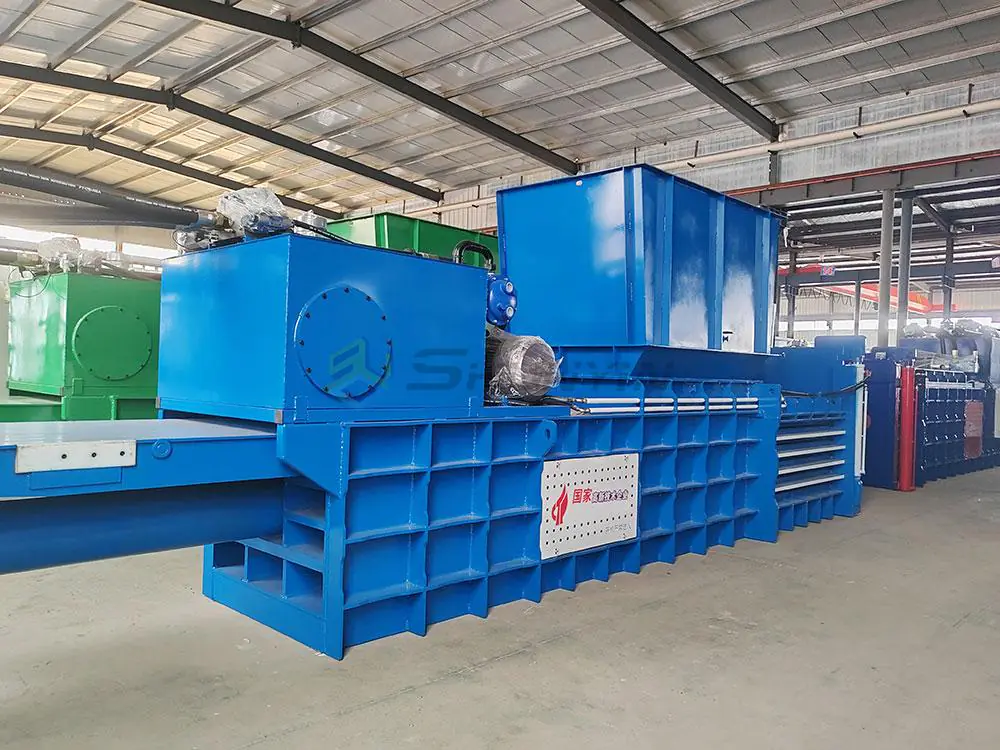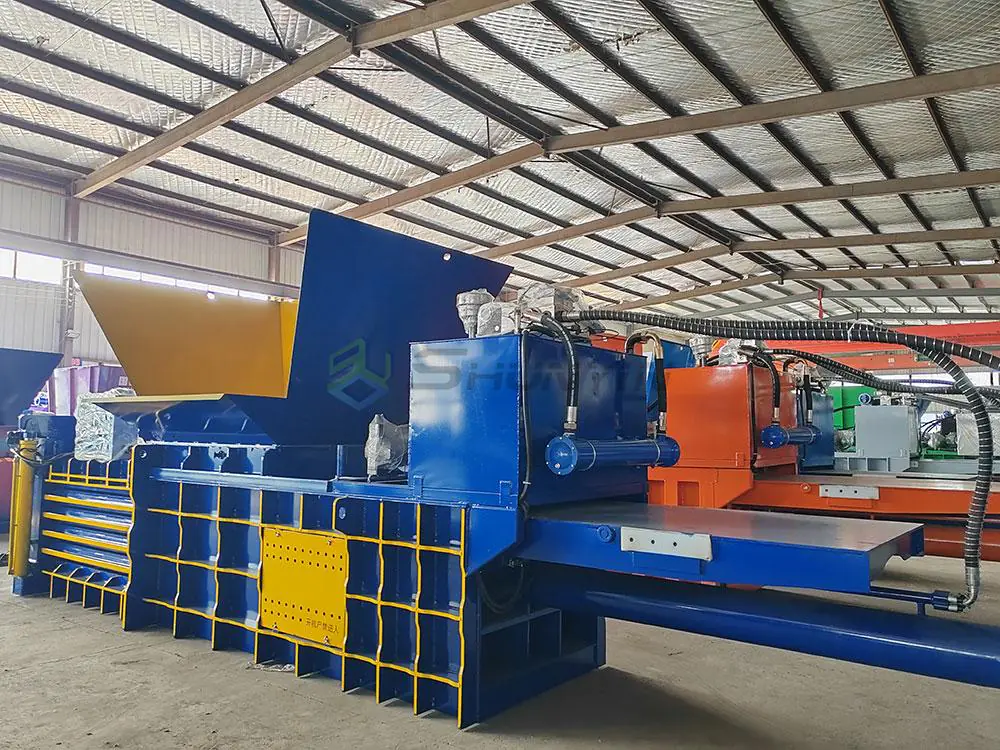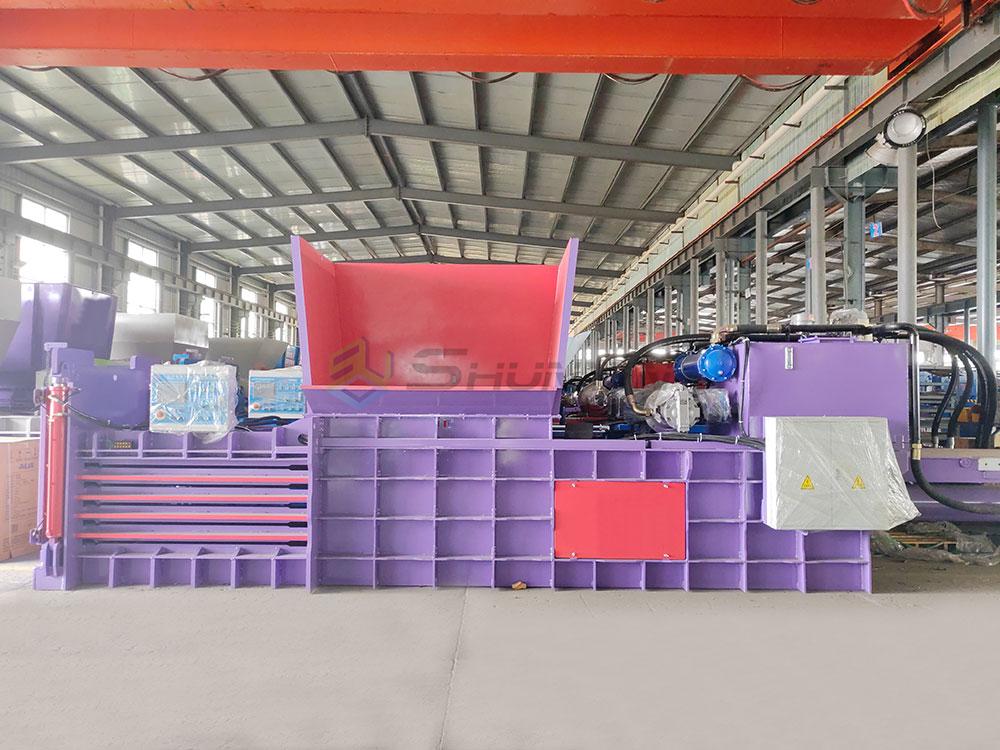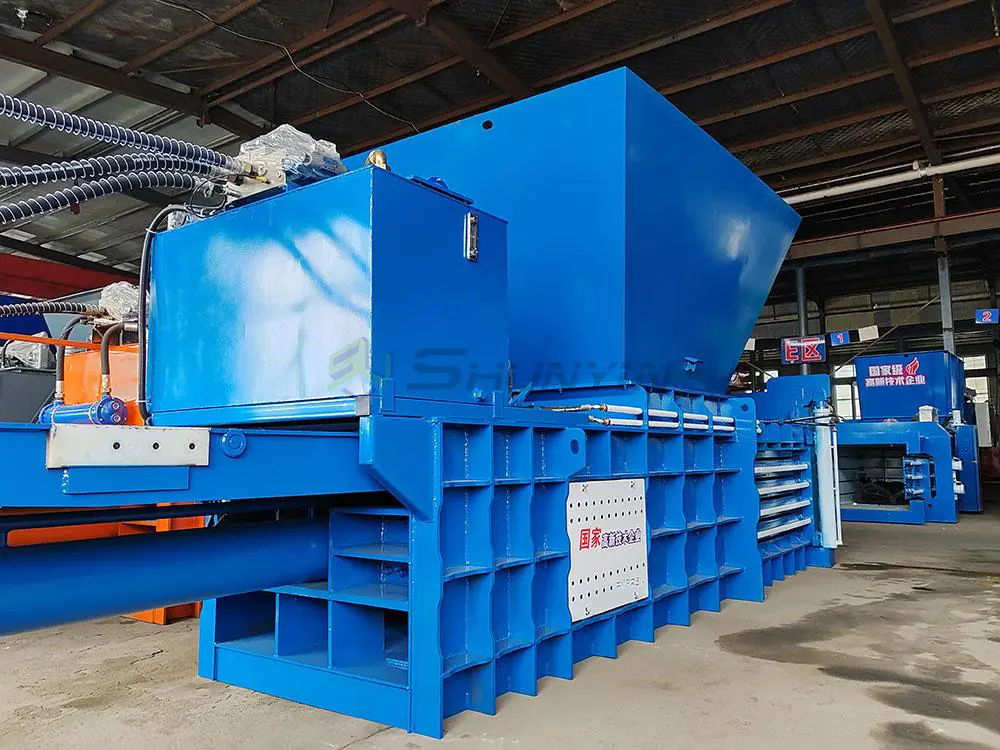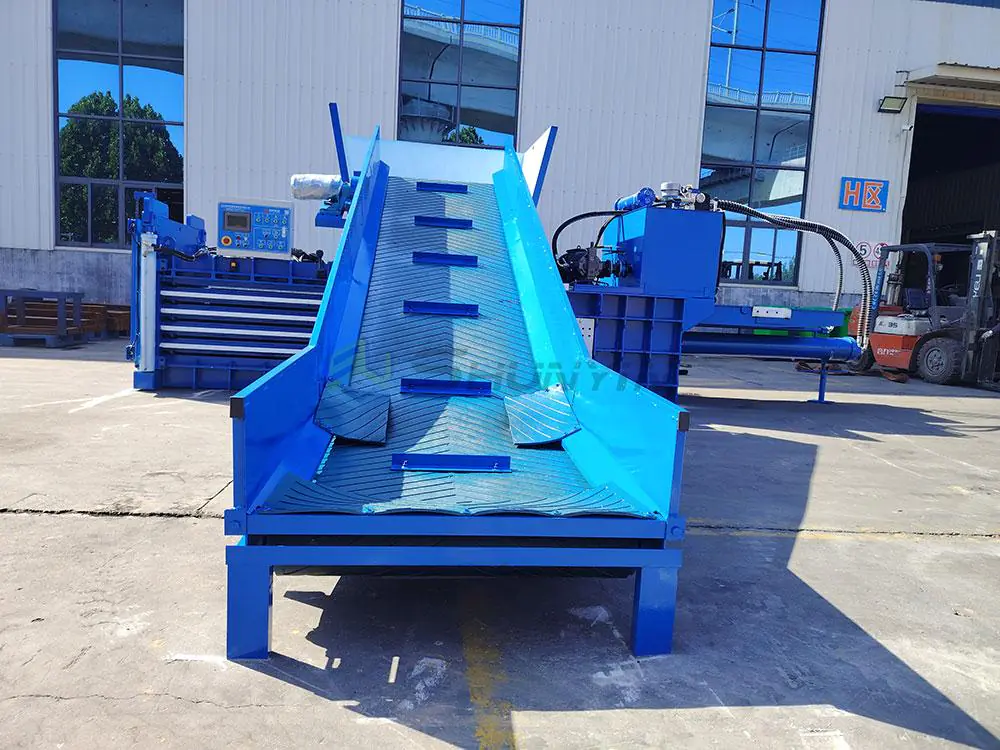Dealing with inefficient waste handling? Material piles drain space and profits. Finding your ideal baler solves both instantly.
Modern balers include vertical compactors for small shops, horizontal systems for industry volumes, two-ram setups for extreme density, auto-tie machines for labor reduction, and specialized designs for unique materials – each offering distinct operational advantages for different facilities.

Generic comparisons waste your resources. Explore below how Japanese recyclers tripled output.
What is the best baler in the world?
Seeking universal "best" models? Lambert learned this painful lesson after costly mismatches. Your material decides the champion.
The operational best baler differs radically: RotoPack excels for automotive shredder residue, Sierra dominates paper plants, BUT SYBALING TECH’s custom hydraulics deliver unbeatable cost efficiency for 82% of recyclables through ISO-certified engineering available globally.

Cost of ownership versus capacity
Your location and materials dictate real value. Don’t repeat Canadian mistakes.
Lifetime value calculations
| Model Type | Purchase Price | TCO 5 Years | Maintenance Cost | Ton/Dollar Efficiency |
|---|---|---|---|---|
| Standard Horizontal | $42,000 | $68,500 | $950/month | 0.39 tons/$1 |
| Auto-Tie Premium | $87,000 | $108,000 | $350/month | 0.82 tons/$1 |
| Custom Hydraulic | $58,000 | $73,200 | $180/month | 1.24 tons/$1 |
Our Singapore client gained 37% higher ROI with custom builds. Analyze your needs
Industry-specific winners
- Paper recycling: Auto-tie horizontal models
- Metal scrapyards: Two-ram super density designs
- EPS foam: Specialized low-pressure systems
All SYBALING units ship with 3-year hydraulic warranty. Compare specs
How many types of balers are there?
Seeing confusing classifications? I simplified this for Lambert after touring 19 Chinese factories last year.
Primary baler types include 5 configurations: vertical closed-door for shops, horizontal auto-tie systems for plants, two-ram industrial press, specialty textile balers, and mini-compactors – though customization creates infinite adaptations.

Matching every scale and material
Small hospitals versus auto factories need opposite approaches. We build both.
Volume-based type selection
| Facility Size | Daily Volume | Ideal Baler Type | Footprint | Manual Labor |
|---|---|---|---|---|
| Small Office | Under 500kg | Vertical Manual | 6-8 m² | 1 operator |
| Mid Warehouse | 2-8 tons | Horizontal Semi-auto | 14-20 m² | 2 workers |
| Major Plant | 18+ tons | Full Auto Horizontal | 25 m² | Remote monitor |
Japanese clients saved $170,000/year switching tiers. Size calculator
Design innovations changing categories
- Modular horizontal: Grows with your business
- Multi-material: Handles cardboard/plastic simultaneously
- Containerized: Ship-ready recycling stations
We retrofit older models in just three days. View upgrade paths
What type of equipment is a baler?
Calling balers simple machines? That misconception wastes $28,000 annually through inappropriate use. See Canadian audit data.
Balers classify as industrial hydraulic compaction equipment generating immense pressure (1,800-12,000 PSI) to transform loose materials into mill-ready blocks, requiring PLC controls, precision bearings, and safety interlocks.

Engineering behind the compression
Over 900 custom parts make our units survive Canadian winters. Know these critical components.
Hydraulic system comparison
| System Type | Max Pressure | Cycle Time | Noise Level | Energy Use |
|---|---|---|---|---|
| Standard Pump | 2,200 PSI | 110 sec | High | 32 kWh |
| Variable Flow | 4,800 PSI | 76 sec | Medium | 18 kWh |
| Accumulator-Assist | 12,000 PSI | 48 sec | Low | 15 kWh |
Singapore facilities reduced power bills 43% switching systems.
Non-negotiable certifications
- CE Marking: Essential for EU exports
- NRTL Compliance: Mandatory for Canada/USA
- ISO 9001: Quality assurance baseline
All our units include full compliance package. Request certification
What are the different types of round balers?
Considering farm balers for recycling? Lambert lost $75,000 trying this stopgap. Agricultural units fail industrial demands.
Round balers include fixed/swath roll designs, variable chamber machines, and combi-models (Claas/Vermeer brands), designed exclusively for hay/straw density and organic materials – NOT compatible with industrial scrap baling.

Critical specification differences
Japanese recyclers learned the hard way after equipment destruction. Avoid these mismatch errors.
Application danger zones
| Function | Round Bale Capacity | Horizontal Bale Capacity | Industrial Consequence |
|---|---|---|---|
| Material PSI | 18–22 | 180–2,200 | Round balers jam instantly |
| Cycle Speed | 45 seconds | 75–110 seconds | Hydraulic overheating |
| Foreign Matter | 0% tolerance | 15% acceptable | Destroyed bearings |
North American farmers save $120/ton using dedicated equipment.
Hybrid alternatives cross-industries
- Reinforced attachment kits: Allow safe hay baling ($2,100)
- Variable density settings: Switch materials seamlessly
- Moisture protection: Essential for mixed operations
We design multi-use systems saving 40% space. Explore solutions
Conclusion
Selecting vertical, horizontal auto-tie, two-ram, or specialty balers fundamentally impacts efficiency, profitability and safety – match equipment to your material profile, volume targets, and compliance requirements for maximum recycling returns.


